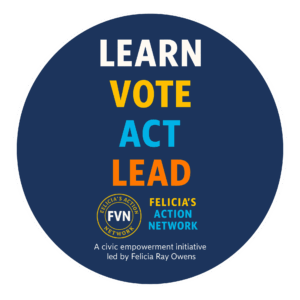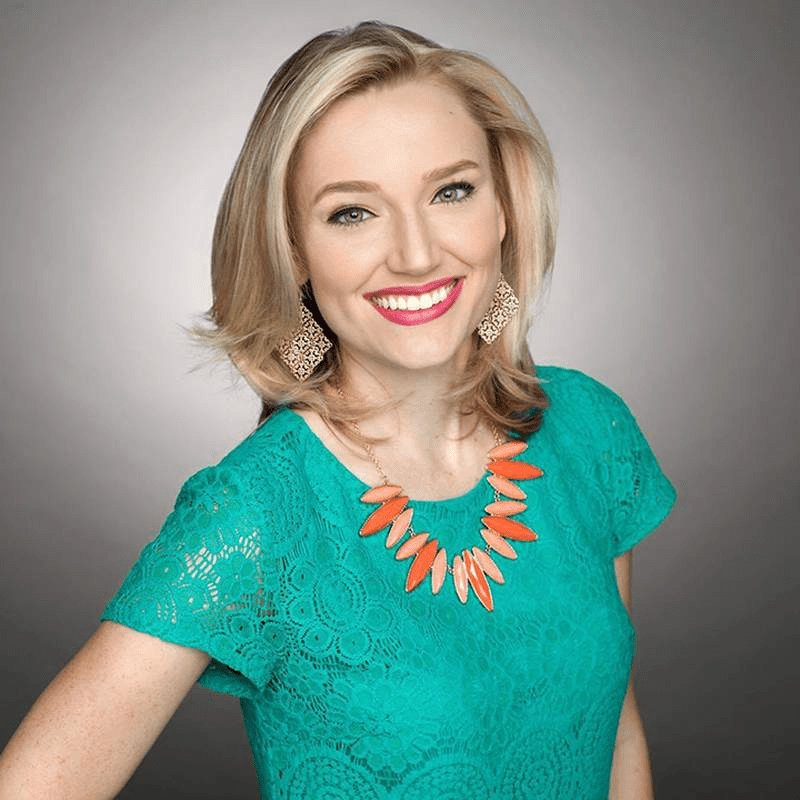
The Muslims Who Are Leaving France
June 7, 2025
My Dad and Giuliani, Crime BFFs (w/ Aaron Parnas)
June 7, 2025Polls are notoriously fickle things, but recent ones in the New York City mayoral race have been fairly consistent: socialist candidate for New York City mayor Zohran Mamdani, after ten rounds of ranked-choice voting simulation, is within ten points of front-runner former governor Andrew Cuomo.
Mamdani entered the race in low single digits, a little-known and relatively new assemblyman from Queens. Out of nearly a dozen candidates who are running, it’s now essentially a two-person race between Mamdani and Cuomo, the most famous politician in New York State.
There are many reasons why Mamdani has taken off, including his unflagging focus on affordability in a city amid a crushing cost-of-living crisis. But one of the most important is the campaign’s army of thousands of volunteers.
In the midst of a rising authoritarian federal government in the United States, the Mamdani campaign is feeding a hunger for participation through old-school campaign practices of talking with and persuading neighbors. If part of the remedy for rising authoritarianism is more small-d democratic engagement, Mamdani is delivering it.
One week in late May, from Monday through Sunday, the campaign knocked on 95,321 doors, up from about 40,000 per week throughout April. As of late last week, the campaign had knocked on 644,755 doors and called 261,051 people. A single canvass in Bedford-Stuyvesant this weekend knocked on more than 9,000 doors. A joint canvass with socialist city councilor Alexa Avilés on Sunday in Sunset Park knocked on more than 3,800 doors. Canvasses have also been impressive not only in politically active Brooklyn and Mamdani’s home turf of Queens, but in the Bronx and on Staten Island.
All this is possible because 26,425 New Yorkers have signed up to volunteer. An astounding 4,000 signed up because another volunteer knocked on their door.
What’s also remarkable is the depth of some of these volunteer commitments. Close to 400 people have become field leads, which means that they are trained and committed to take charge of a weekly canvassing shift.
Field director Tascha Van Auken has worked on many campaigns. Her involvement in Democratic Socialists of America (DSA) electoral politics goes back years, but the first campaign she worked on was Barack Obama’s in 2008. So she’s familiar with intensive volunteer organizing. But she says she is surprised at what the Mamdani campaign has built: “Those are really big numbers.”
The message and specificity of Mamdani’s platform resonates because New Yorkers are struggling. And with American democracy in one of the darkest places since its founding, many are drawn to the buoyant hopefulness of the campaign and the wholesome joy of civic engagement, of talking to neighbors about how the city could be a better place for everyone.
Andrew Epstein, the campaign’s communications director, notes too that since the end of Bernie Sanders’s second campaign, the Left has had “a hunger for a big, winnable project.”
In some ways, Van Auken says, it’s much like other DSA campaigns for elected officials but on a bigger scale. Volunteers will come and keep coming back, she says, with the right candidate, in the right moment, but also with “a structure that allows people to join and learn things and build meaningful relationships, have meaningful conversations with voters, and be part of building collective power. People are hungry for that.”
The Cuomo campaign did not respond to inquiries about its canvassing operations, but no one I’ve talked with has seen them knocking on any doors in any kind of mass way. The Brad Lander campaign is doing so, but on a much smaller scale.
There is some skepticism within the Democratic Party about canvassing, with some pointing to the failed Kamala Harris campaign’s significant field operations in Pennsylvania. But canvassing for a socialist candidate is different. “It’s apples and oranges,” Epstein says:
People are tuned in during a presidential election. They already have strong opinions. A municipal election in an off year in June is a completely different animal. I don’t think anything can replace, in a New York City election, the experience of having your door knocked by a fellow New Yorker.
It’s also clear from New York’s recent experience that canvassing works when you have something to say. Mamdani’s platform — a rent freeze in the city’s nearly one million rent-stabilized units, fast and free public buses, building 200,000 new units of publicly owned social housing, municipal grocery stores to bring down the cost of groceries — addresses New Yorkers’ day-to-day struggles. Volunteers love talking about it, and voters love hearing about it.

Field operations also shape the campaign’s message. For example, canvassers have found that many voters are confused about how ranked-choice voting (RCV) works, or didn’t realize the importance of leaving candidates they don’t want to elect off the ballot entirely (as opposed to ranking them last). The Mamdani campaign has foregrounded voter education on the RCV process because of such conversations.
This renewal of democratic participation is what many in the Democratic Party are calling for, in light of the ongoing crisis of the Trump administration. Yet the Democratic front-runner in this race, Andrew Cuomo, seems to hold all that in contempt.
Cuomo rarely appears in public — the mayoral candidate debate this week was the first time he’d faced not only his fellow candidates but most New Yorkers — and no one has yet to encounter any sign of his field operation in the wild. He shows little respect for the democratic reforms that New York has put in place to curb the influence of corporate money: the state’s “matching funds” program allows candidates who receive $250,000 in small donations from a thousand donors within the city, the state will match those donations. Mamdani met that threshold in record time in March; Cuomo has repeatedly missed out on matching funds.
Cuomo pointedly doesn’t care about any of New York’s measures designed to boost democratic engagement, as he is running a campaign based entirely on funding from rich people, special interests like real estate developers and pro-Israel forces, and his own celebrity name recognition.
Of course, Mamdani’s surge isn’t from one-on-one conversations alone; he’s also a gifted communicator with compelling social media ads (as even Cuomo acknowledged in the recent debate) and a magnet for what’s known in the business as “earned media” (coverage from journalistic outlets that one doesn’t pay for, as opposed to ads). But without his volunteers, he’d just be a good story. With his thousands of volunteers, he’s a serious contender.
“It’s just amazing, these canvassing numbers,” said Michael Spear, a professor of history and political science at Kingsborough Community College in Brooklyn, when I called him to ask whether any political campaign in recent history had galvanized New Yorkers at this scale. “I don’t think there is anything like it” in New York history.

In 1981, the Communist Party–adjacent mayoral campaign of Frank Barbaro, who had been affiliated with the American Labor Party, drew volunteer excitement and had a lasting impact, even as the national influence of the socialist left had dwindled to almost nothing. Barbaro didn’t win the mayoralty, but Spear also points to the congressional campaigns of socialist Vito Marcantonio, who served eight terms beginning in 1934. For most of his career, Marcantonio too was a member of the American Labor Party, which had deep relationships within neighborhoods throughout New York City, as well as organizations ranging from Yiddish newspapers to labor unions to Mitchell-Lama affordable and co-op buildings — the kind of ecosystem that DSA doesn’t have yet.
But with such an army of supporters throughout the city, Mamdani and NYC-DSA could work toward building that. The Mamdani campaign has increased NYC-DSA’s membership by more than 40 percent, gaining over 2,400 new members. The campaign has also reached Muslim and South Asian communities; Mamdani has drawn support from some African imams, the Muslim Democratic Club, Bangladeshi Americans for Political Progress, and others.
He has — unusually for a leftist campaign — even secured a few labor endorsements. Along with the Working Families Party (WFP), which endorsed a number-one ranking for Mamdani last week. The WFP isn’t comparable to the ALP of yore and doesn’t have the influence it once did, but still represents a wide range of working-class New Yorkers. While the Left doesn’t have what Spear calls “the incredibly rich network of institutions” that it enjoyed before the decades-long onslaught of the Cold War and neoliberalism, Mamdani’s “level of grassroots support,” he says, “is astounding.”
Even if Mamdani doesn’t win — and Cuomo is still strongly favored to become mayor — the campaign may help to build that network that once made the Left a formidable force in the city, one that helped create the public spaces, affordable housing, and public services that allowed so many working-class New Yorkers to thrive. A city where everyone belongs, as Mamdani often says. There certainly seems to be a massive hunger to live in such a place, and the thousands of New Yorkers knocking doors appear willing to build it.
Great Job Liza Featherstone & the Team @ Jacobin Source link for sharing this story.








